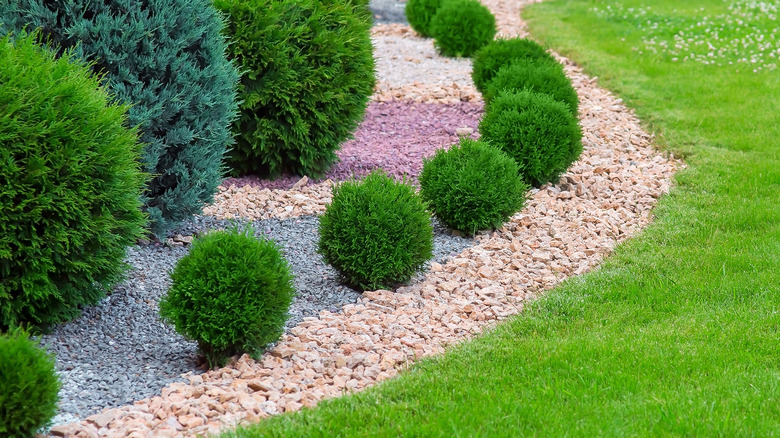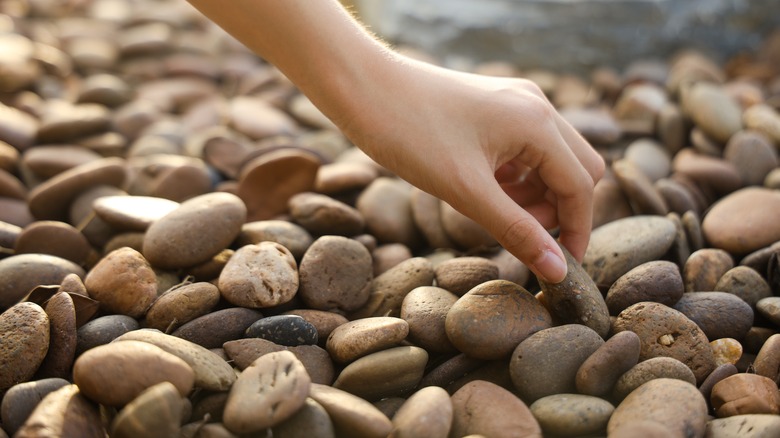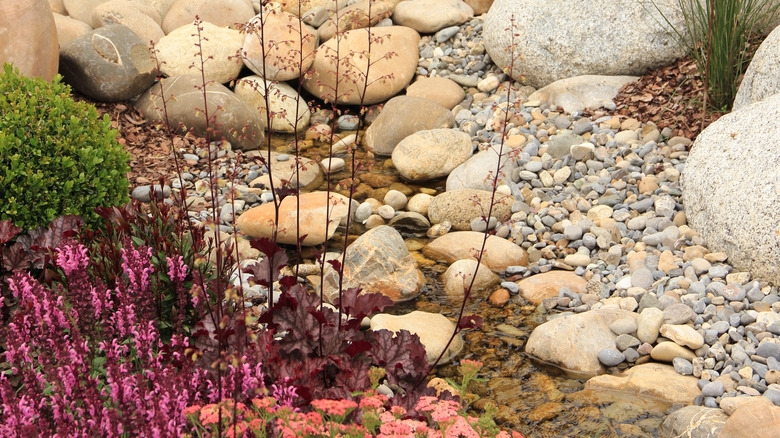What You Should Know Before Adding Garden Pebbles To Your Yard
When you are planning to start a garden, you probably will focus primarily on the plants and the positioning of each one. It's pretty unlikely that you're giving a lot of attention to what will go beneath the plants, at least at first. For most people, rocks or mulch provide the perfect finishing landscaping touch. Your natural instinct may be to just spread some mulch and call it good. However, it's worth giving thought to using garden pebbles. Making use of pebbles in this space provides a number of benefits, including protecting the soil from erosion and excessive sunlight, providing a safe and sturdy walkway, and reducing the amount of cost you have for replacement materials. Where mulch washes away after several months or a few years, garden pebbles tend to stay in place better in all types of weather.
Multiple types of gravel are worth considering for placement in your property's landscaping areas. Think about the look that you want to achieve in the area. Tiny pea gravel stones appear in neutral colors like tan and brown, which allows the colors of your plants and flowers to take center stage. Because they compact nicely, they provide a sturdy base for walking, even in bare feet. River rocks are larger-sized, but they have a smooth texture that is comfortable for walking. Additionally, they have a range of colors that work well in areas where the plants' leaves don't show off much color or don't produce bright flowers.
Primary advantages of using garden gravel instead of mulch
Many people like using garden gravel because of the ease of installation and the lack of maintenance required. If you choose to go with small pebbles inside your garden, they do a great job of keeping weeds out of the area. Because they compact tightly, weeds struggle to find a place to grow between the stones, leaving you with less maintenance work. However, for the best chance at avoiding all weeds, place landscaping fabric down before you add the pea gravel.
Mulch also is easy to install, as the bags aren't too heavy and you can use a rake to move it around. However, with pebbles, you can put them in place and not have to worry about them again for a long time. Mulch can shift in strong winds or when water runoff is heavy. You may find yourself replacing and adding mulch to the area on an annual basis.
As an organic material that holds moisture, mulch also may draw unwanted insects to your gardening area, including ants, millipedes, and centipedes. Bugs and other pests are less likely to find a home in a bed of pebbles in a garden. Additionally, if you use too much mulch, you could create an environment where termites might like to nest. If your garden is near your home's foundation, you especially do not want to provide a cozy home for these pests, as they could damage the home's structure.
Drawbacks to adding garden pebbles instead of mulch
Although garden pebbles offer quite a few advantages when used around your plants in a garden, they may not work perfectly for every situation. If cost is a concern for you, rock costs two to three times as much as a similar-sized application of mulch. However, you can often recoup that extra cost over time because you don't have to add more pebbles to replace material that's washed away or blown around as is the case with mulch.
Because garden pebbles are not organic materials, any fallen leaves or dead plants will be far more noticeable inside the rocked areas versus inside mulched areas. You may find yourself needing to use a leaf blower to remove fallen leaves in the autumn from the areas with pebbles to ensure the landscaping continues to look nice. Alternatively, if old leaves are sitting in a garden with mulch, you may not even really notice them.
Additionally, some plants simply don't do well inside a garden that uses rocks as the base instead of mulch. Garden pebbles tend to absorb heat from the sun all day, raising the temperature in the area and potentially causing problems for certain types of heat-sensitive plants. The rocks also release that heat back into the atmosphere at night, keeping it in the area around the plants. Plants that will appear in a rocky area need to be able to withstand drier conditions, too, as they often need shallow root systems.



